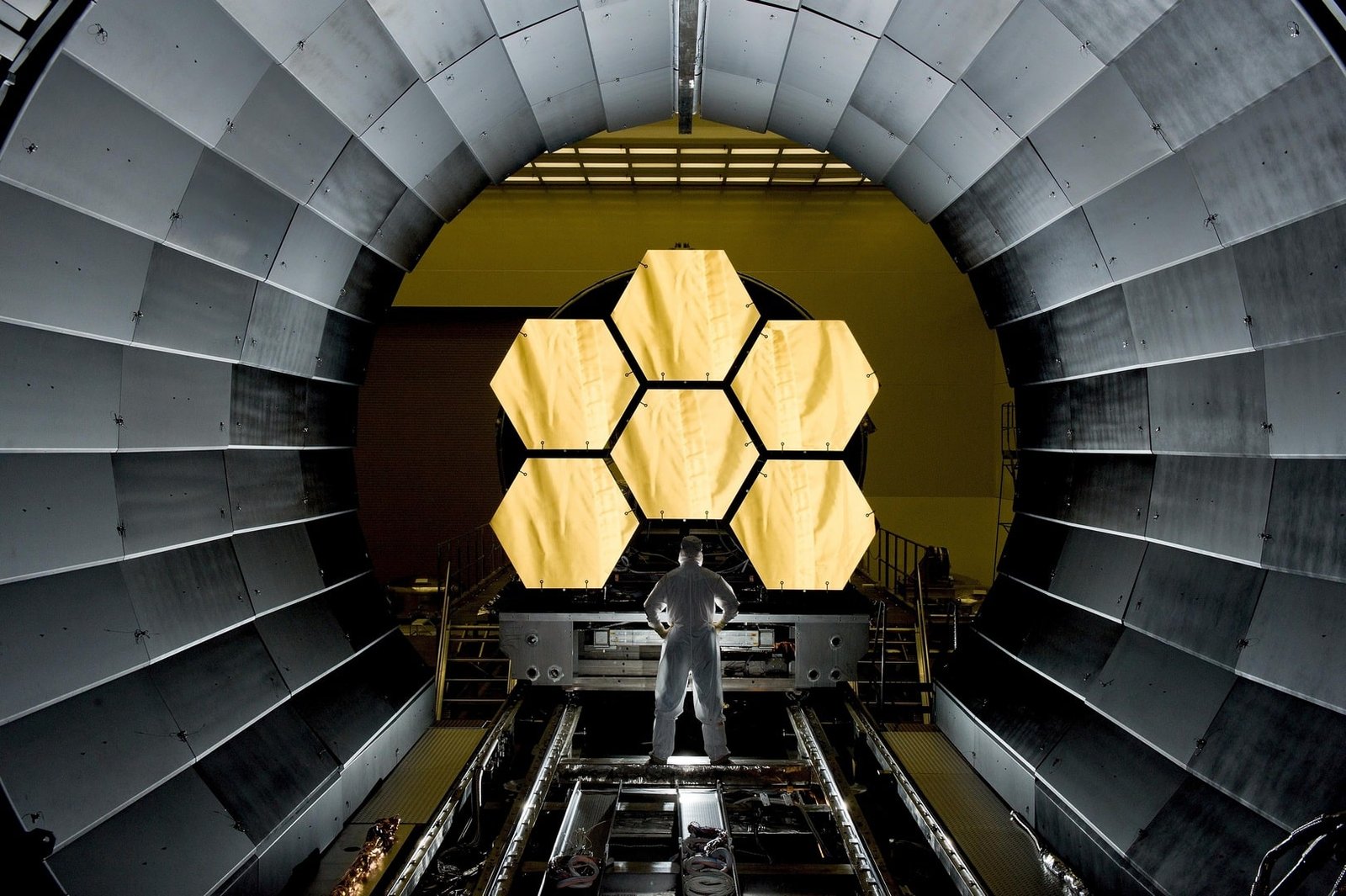Emerging Technologies Shaping the IT Landscape
The IT landscape is constantly evolving, driven by emerging technologies that have the potential to transform industries and revolutionize business operations. These technologies bring new opportunities and challenges for organizations, requiring them to stay abreast of the latest developments to maintain a competitive edge. In this blog, we will explore some of the emerging technologies shaping the IT landscape and their potential impact.
Artificial Intelligence (AI)
Artificial Intelligence is at the forefront of emerging technologies, enabling machines to perform tasks that typically require human intelligence. AI encompasses machine learning, natural language processing, computer vision, and robotics. It is revolutionizing industries by automating processes, improving decision-making, and delivering personalized experiences. From chatbots and virtual assistants to predictive analytics and autonomous vehicles, AI is driving innovation across sectors.
Internet of Things (IoT)
The Internet of Things refers to the network of interconnected devices embedded with sensors, software, and connectivity, enabling them to collect and exchange data. IoT has transformative potential, allowing businesses to gather real-time insights, optimize processes, and create new revenue streams. From smart homes and wearable devices to industrial automation and smart cities, IoT is reshaping the way we live and work.
Blockchain Technology
Blockchain technology, best known as the underlying technology of cryptocurrencies like Bitcoin, is gaining prominence beyond digital currencies. It is a decentralized, distributed ledger that securely records transactions across multiple computers. Blockchain offers transparency, immutability, and security, making it ideal for applications such as supply chain management, healthcare records, and identity verification. It has the potential to streamline processes, reduce fraud, and enhance trust in various industries.
Edge Computing
Edge computing brings computing power and data storage closer to the source of data generation, enabling real-time processing and analysis. With the proliferation of IoT devices and the need for low-latency applications, edge computing addresses the limitations of cloud computing. It is particularly useful in scenarios requiring immediate decision-making, such as autonomous vehicles, industrial automation, and remote monitoring. Edge computing offers faster response times, reduced bandwidth usage, and enhanced data privacy.
5G Technology
The fifth generation of wireless technology, 5G, promises to deliver faster speeds, lower latency, and higher bandwidth than its predecessors. 5G will revolutionize connectivity, enabling advancements in areas such as autonomous vehicles, smart cities, augmented reality, and telemedicine. It will support massive Internet of Things deployments, connecting billions of devices seamlessly and enabling innovative applications that require high-speed and reliable connectivity.
Augmented Reality (AR) and Virtual Reality (VR)
AR and VR technologies are transforming how we interact with digital content and creating immersive experiences. AR overlays digital information onto the real world, while VR creates entirely virtual environments. These technologies have applications in gaming, entertainment, training, education, and even remote collaboration. AR and VR have the potential to enhance customer engagement, improve learning experiences, and revolutionize industries such as architecture, healthcare, and retail.
Quantum Computing
Quantum computing leverages the principles of quantum mechanics to perform complex computations at an exponential speed compared to classical computers. While still in its early stages, quantum computing has the potential to solve problems that are currently intractable, such as cryptography, optimization, and drug discovery. It opens up new possibilities for industries that rely on complex simulations, modeling, and data analysis.




























